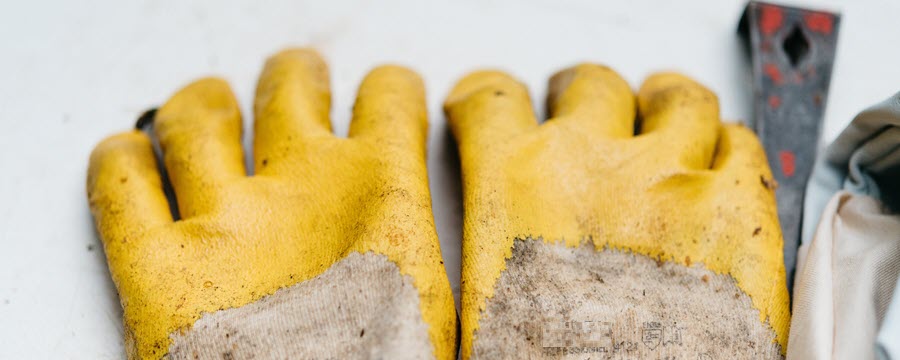
New Safety Glove Guidelines Can Reduce Hand Impact Injuries

If you work in the automotive, heavy equipment, construction operation, cargo handling, oil/gas, towing/transportation or other industries where hand injuries are common, a new safety glove standard will make it easier to select appropriate hand PPE for your workers. The International Safety Equipment Association (ISEA) has released a new standard — ANSI/ISEA 138-2019, American National Standard for Performance and Classification for Impact Resistant Hand Protection — to improve on the impact performance of industrial gloves. The new standard builds upon ANSI/ISEA 105-2016, American National Standard for Hand Protection Classification.
Hands are especially vulnerable to occupational injury, ranking high among all injury types with an average total cost per incident of more than $22,000, according to some reports. The U.S. and Europe have long had standards for industrial safety gloves that protect hands from cuts, punctures, abrasion and chemical exposure. But until now, there has been no standardized approach in North America to address back-of-hand injuries such as bone breakage and fractures, bruising and finger pinching.
The New ANSI/ISEA 138 Standard:
- Defines an agreed test method
- Includes three defined performance levels
- Specifies a pictogram mark for each of the levels for compliant gloves
- Requires products be tested in a laboratory with a certificate of accreditation meeting the requirements of ISO/IEC 17025:2017, General requirements for the competence of testing and calibration laboratories
The new standard creates a standardized method to evaluate protection level for back-of-the-hand exposures and provides guidance on proper safety glove selection. ISEA believes it will enable safety professionals to make better-informed decisions when selecting gloves, ultimately reducing workplace hand injuries.
Of the 286,150 nonfatal occupational injuries to upper extremities in 2017 involving days away from work in private industry, 121,860 involved hands, according to the U.S. Bureau of Labor Statistics. OSHA reports that 70.9 percent of hand and arm injuries could have been prevented with personal protective equipment, specifically safety gloves.

